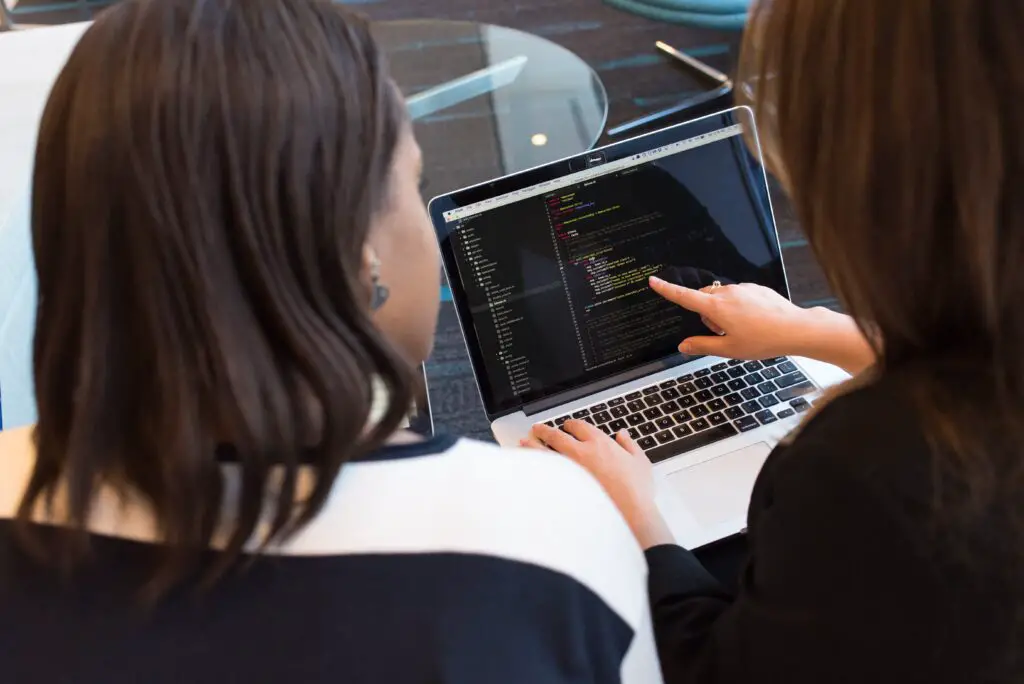Unveiling Your Digital Identity:
Configuring Git Username and Email
In the realm of collaborative coding and version control, Git stands as the stalwart guardian of code integrity, allowing developers to weave their digital tapestries seamlessly. Yet, before one dives into the ocean of commits and branches, there is a modest but crucial act: configuring your Git identity. Your username and email, akin to a digital signature, lend your code a distinct mark, etching your presence in the repository’s history. Let’s embark on a journey through the elegant process of configuring Git username and email, forging a path where each commit is a brushstroke in the grand mural of collaborative coding.

The Prelude:
Understanding Git Identity
Before the curtain rises on the configuration stage, it’s imperative to grasp the significance of your Git identity. Your username and email serve as the narrative thread through the code’s journey, tracing its evolution. Like an author signing a literary masterpiece, configuring your Git identity is your digital autograph on every commit. A nuanced understanding of this narrative imprint sets the stage for a harmonious collaboration, where each contributor’s voice resonates distinctly. In the orchestra of coding, your Git identity is your unique melody, and understanding its nuances is the prologue to configuring this harmonious symphony.
The process begins by navigating to your Git configuration, where the global and local settings await customization. The global setting, akin to a universal decree, spans across all repositories, while the local setting, a more intimate decree, tailors your identity to a specific project. This dichotomy allows for a versatile harmony, as your global identity reverberates across the coding cosmos, while the local identity whispers a bespoke tale to individual projects. Understanding this duality is akin to wielding a conductor’s baton, orchestrating your identity’s cadence across the code’s vast landscape.
The Choreography:
Configuring Global Git Identity
As the curtains lift on the grand stage of version control, configuring your global Git identity takes center stage. Picture this as the grand overture, where your digital symphony begins its resounding crescendo. The command-line ballet begins with the orchestration of ‘git config –global user.name’ and ‘git config –global user.email,’ where your chosen username and email waltz into the spotlight. This ballet of command-line elegance sets the tone for your global identity, a majestic decree that resonates through the corridors of all repositories under your command.
The username, a protagonist in this ballet, is your digital calling card. It’s the moniker that fellow contributors will associate with your commits, a tag that defines your coding persona. Selecting a username is akin to choosing a stage name, a digital alias that encapsulates your coding essence. Whether it be the sobriety of your actual name or the whimsy of a pseudonym, this choice carries the weight of your coding legacy. The email, a more understated character, is the quiet companion to your username, a backstage pass that links your commits to your digital abode. Crafting this duo is a ballet of self-expression, where your coding identity takes its first graceful steps into the collaborative dance.
The Sonata:
Configuring Local Git Identity
As the global identity concludes its overture, the narrative shifts to the intimate realms of the local Git identity. Imagine this as a chamber recital, where the nuances of your coding identity echo through the corridors of a specific project. The command-line sonata unfolds with ‘git config user.name’ and ‘git config user.email,’ where a more tailored identity graces the stage. This is your opportunity to infuse a unique flavor into the collaborative recipe, as the local identity serenades a singular project with your chosen username and email.
The local username, akin to a protagonist in a one-act play, might echo the global decree or take on a distinct role within the confines of a specific repository. It’s the chance to don a different coding hat, to explore facets of your identity that resonate uniquely within a particular project. The local email, a loyal companion, follows suit, intertwining with the nuances of the project’s narrative. This dual configuration dance allows for a nuanced storytelling, where each project becomes a canvas for a slightly different expression of your coding persona.
The Finale:
A Symphony of Collaborative Coding
As the last note echoes through the vast auditorium of version control, your Git identity, meticulously configured, becomes a symphony of collaborative coding. Your username and email, the protagonists in this digital saga, thread through the commits, branches, and merges, leaving an indelible mark on the repository’s history. From the grandiosity of the global identity to the intimacy of the local decree, each configuration is a brushstroke in the masterpiece of collaborative coding.
In this symphony, every contributor’s identity converges, creating a collective narrative that transcends individual expressions. Configuring your Git username and email is not merely a technical ritual; it’s a poetic act that binds you to the collaborative dance of code. As you venture forth into the repositories, armed with your configured identity, remember that each commit is a note in this grand symphony of collaborative coding, and your digital signature resonates in every line of code, weaving the tale of a collective journey.
